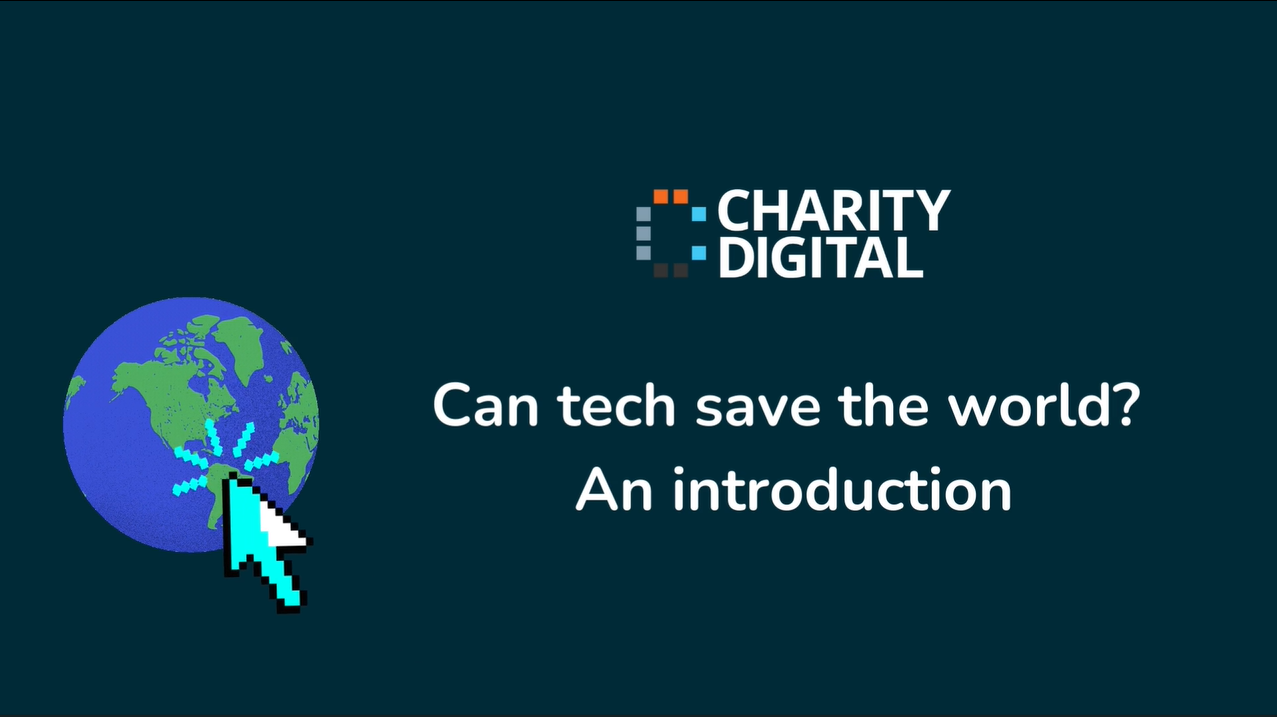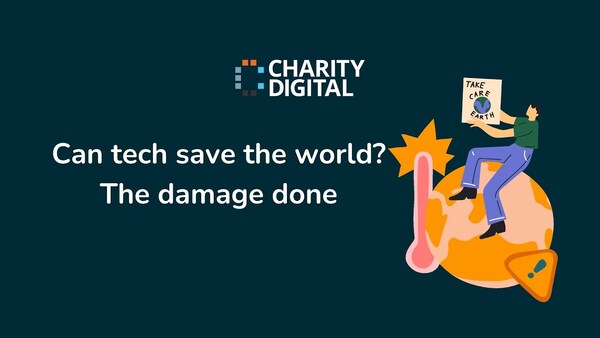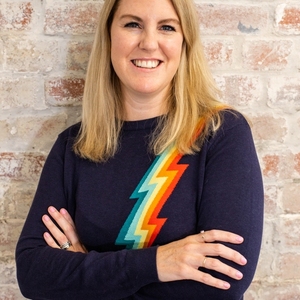Insights
INSIGHTS
All Topics
What is reverse mentoring?
Reverse mentoring can have huge benefits for your organisation, such as developing talent, retaining staff, and enhancing equality and diversity
Most people have heard of mentoring. This is when a person is mentored by someone who is usually older and has years more experience in a particular role or sector.
In the charity sector there are many mentoring programmes available, such as the one offered by CharityComms for people working in communications, and the Charity Mentoring Network which is for anyone who works in the charity sector.
Having a mentor is a wonderful way to get support and advice in a specific area or to have someone experienced to act as a sounding board for your ideas. But what happens when the roles are reversed?
What is ‘reverse mentoring’?
Reverse mentoring first came about in the 90s, when new technology and social channels were emerging. Junior staff, who were more skilled in these emerging technologies, would share their skills and expertise with senior leaders – helping them to understand and adapt the technology to their work or to the business.
Today, the concept of reverse mentoring is the same but it’s not just about upskilling older colleagues in technology and digital. Reverse mentoring is when a junior staff member mentors someone more senior than them. And the topic doesn’t need to be about technology. It could be about whatever the mentee feels they need to learn more about.
For charity staff the topics could be along the lines of young people’s attitudes to volunteering or the obstacles they faced in getting their first job in the sector.
The benefits of reverse mentoring
There are benefits to reverse mentoring, for both the mentee and the mentor. For the mentee, they gain skills and knowledge. For the mentor, they gain confidence and experience in building relationships with senior leaders.
As well as benefits to the individuals, there are also benefits to the organisation. One of these benefits is improved diversity and inclusion, which is one of the reasons why PwC launched its reverse mentoring programme back in 2014.
Another organisational benefit is better communication and understanding between different age groups, which in turn can foster better collaboration and an open culture around knowledge sharing.
Dani Huges, a freelance digital and marketing specialist, took part in reverse mentoring when she was at the British Heart Foundation. “I was paired with the Fundraising Director to mentor them in innovation in Digital Fundraising. At the time I was a fairly new manager, so it was a great opportunity for me to work with a senior leader within the organisation and to navigate our sessions by preparing decks, focus areas and agreeing outcomes.
“For the Director, having a better understanding of the power of digital fundraising meant that they could allocate budget accordingly as well as be better versed when talking to agencies and to members of the digital marketing team.”
How to start a reverse mentoring programme
If you’re looking to implement a reverse mentoring programme at your charity, here are some of the practical steps you can take.
Define the purpose
Think about what the purpose of starting the programme is and what you’re trying to achieve. Set some goals for the reverse mentoring programme so that you can measure its success. For example, one goal may be to foster a culture of innovation. Another goal might be to bridge a generational gap among staff.
Define the programme
Once you know what the purpose of the programme is, it’s time to define it. This is where you write out the details of how it will work, who will take part and how it will be measured.
Market the programme
Once you’ve defined your goals and how the programme will work, it’s time to attract staff to take part. There are lots of ways to do this, depending on what internal communications channels you have.
You might write a blog post for your intranet, add a paragraph to an ‘all staff’ newsletter email, or ask for a speaking slot at your next town hall meeting.
To entice people to take part, be sure to explain how the reverse mentoring programme is beneficial to both the mentor and mentee.
Pair suitable mentors and mentees
A really important part of the programme is in the matching of the pairings. It’s crucial that pairs are matched on skills and what they want to get out of the partnership – but also on certain personality traits. For example, it’s better to pair an introvert and an extravert, rather than two introverts.
It’s better to wait for a suitable match for a mentee rather than match them because you have an abundance of mentors. A mismatch will most likely end in a failed partnership and both parties will be less likely to take part again.
You can either match pairs manually, through keeping a spreadsheet for example, or through technology which will use an algorithm to make the matches. Once you’ve found a suitable match, ask if the mentee is happy with who their potential mentor is before making it formal.
Provide guidance
For both parties to get the most out of the experience, it’s important to give them guidance. You may wish to provide training for mentors and mentees so that they understand their roles and responsibilities as well as practical tips on how to address boundaries and hierarchies. If training is not suitable then provide a handbook or guidance document.
Hughes adds, “For junior team members this is a really big thing to have 1:1 time with key decision makers, so making them feel supported throughout is key.”
Launch the programme
Once you’ve matched mentors to mentees, it’s time to officially launch the programme. You could do this with a blog post, an email or even a small in-person event.
Monitor and measure
Once the programme is up and running, be sure to track and assess its success. This can be done through quick check-ins or short surveys. The feedback will help to shape the programme and address any areas that need improvement.
kirsty marrins
More on this topic
Recommended Products
Recommended Products
Our Events
Q&A session: An introduction to Microsoft Copilot
Join us on the 14th of May for our Q&A session. It will provide a whistlestop tour of Microsoft Copilot’s key capabilities, how they can help charities, and answer all your burning questions around Microsoft’s AI service.
We use cookies so we can provide you with the best online experience. By continuing to browse this site you are agreeing to our use of cookies. Click on the banner to find out more.



















